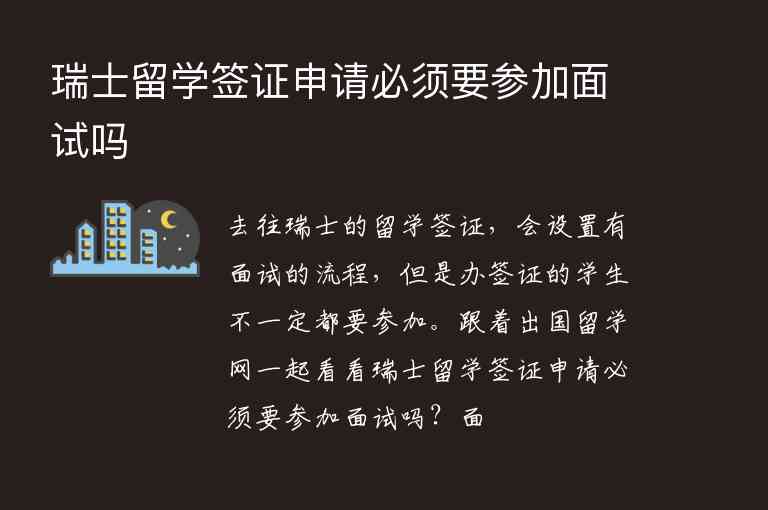一:微粒子的是什么意思(中英文)解释的意思
微粒子是指极小的物质粒子,通常指直径小于100纳米的粒子。它们存在于自然界中,也可以人为制造。微粒子在物理学、化学、生物学等领域都有重要的应用,对环境和健康也有着重要影响。
A micro-particle is a tiny particle, usually referring to particles with a diameter smaller than 100 nanometers. They exist in nature and can also be artificially produced. Micro-particles have important applications in fields such as physics, chemistry, and biology, and also have significant impacts on the environment and health.
二:怎么读(音标)
[ˈmaɪkrəʊˌpɑːtɪkl]
三:用法
微粒子可以作为名词使用,表示极小的物质粒子。它可以单独使用,也可以和其他词语组合成复合词。
Micro-particle can be used as a noun to refer to tiny particles. It can be used alone or combined with other words to form compound words.
四:例句1-5句且中英对照
1. The air pollution is caused by the emission of micro-particles from factories.
空气污染是由工厂排放的微粒子造成的。
2. The researchers found that micro-particles can penetrate deep into the lungs and cause respiratory diseases.
研究人员,微粒子可以穿透肺部深层并引起呼吸疾病。
3. The micro-particles in the cosmetics can clog pores and lead to skin problems.
化妆品中的微粒子会堵塞毛孔,导致皮肤问题。
4. The new technology can produce micro-particles with specific properties for targeted drug delivery.
这项新技术可以生产具有特定性能的微粒子,用于靶向药物传递。
5. The scientists are studying the effects of micro-particles on marine organisms.
科学家们正在研究微粒子对海洋生物的影响。
五:同义词及用法
1. Nanoparticle: a particle with a diameter of 1-100 nanometers, similar to micro-particle but smaller in size.
2. Particle: a small piece or amount of something, can be used as a general term for any small particles including micro-particles.
3. Fine particle: refers to particles with a diameter between 2.5-10 micrometers, often used in air pollution measurement and control.
4. Ultrafine particle: refers to particles smaller than 0.1 micrometers, also known as nanoparticles.
5. Dust: refers to tiny solid particles suspended in the air, can include both natural and man-made particles.
六:编辑总结
微粒子是指直径小于100纳米的极小物质粒子,在自然界和人类活动中都有广泛存在。它们在科学研究、医药领域、环境保护等方面都有重要作用,但也可能对健康和环境造成负面影响。了解微粒子的定义、用法和同义词有助于我们更好地理解和应用这一概念。同时,我们也应该注意微粒子的排放和使用,以减少其对人类和自然的危害。
